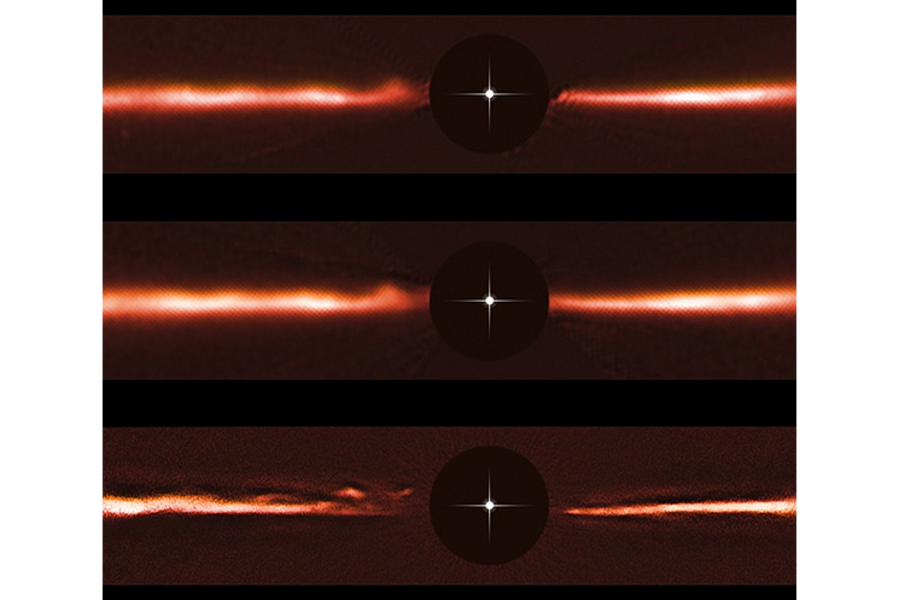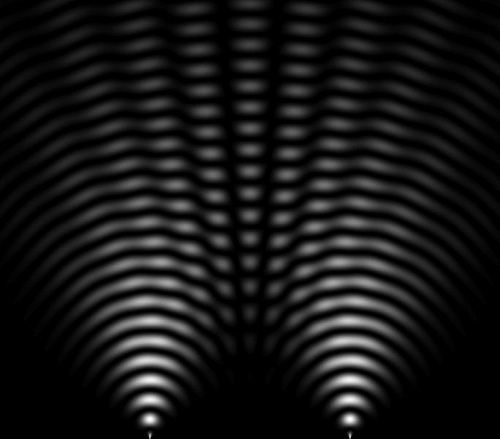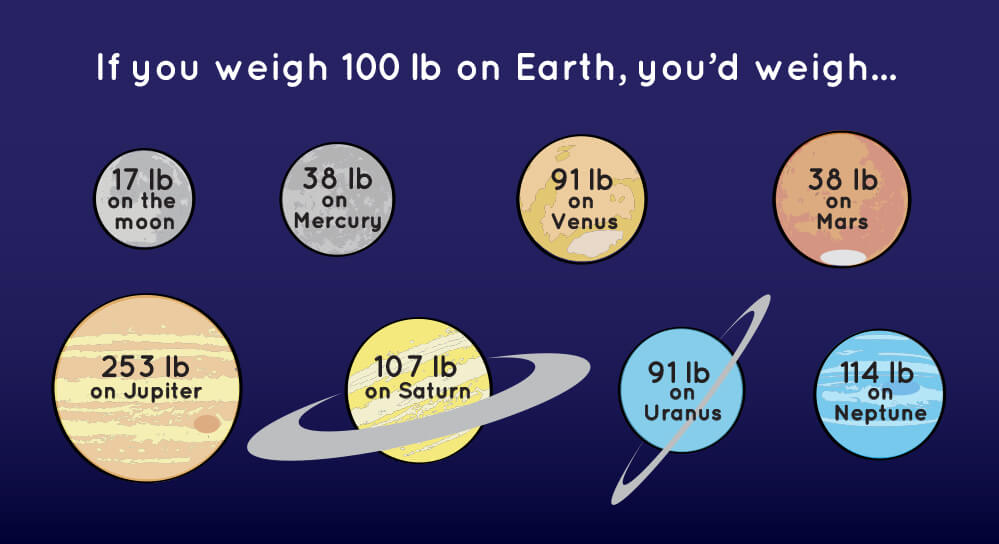
A Caltech researcher has recently pointed out that Schrodinger’s Equation, which describes the wavelike nature of particles, and is therefore the foundational equation of quantum mechanics, is also very useful in describing the long-term evolution of large-scale astronomical structure of space-time.
Today, let’s conduct a little science thought experiment. A typical scientific process might entail submitting a hypothesis, and then conducting scientific experiments or research to back up the hypothesis with observable data. Here today, we will first consider unusual scientific data already collected, and submit our interpretation of what is going on in the universe, regarding space-time.

Throughout the cosmos, in whatever direction one chooses to look, there are innumerable examples of large-scale astrophysical conglomerations that have assumed an inexplicable, wavelike pattern. The photo above shows ripples speeding around the dusty disk surrounding the star AU Microscopii. There are no laws of gravitation that imply the formation of waves involving many thousands of individual items. That is why we look towards large gravitational cataclysms when we do search for the gravitational wave signature accompanying the event. But perhaps the wavelike nature of the gravitational force has been staring us in the face all along in the form of these astrophysical conglomerations which assume the form of waves. Schrodinger’s Equation describes both large and quantum-scale scenarios, and there aren’t any clear and obvious answers as to how and why these wavelength characteristics also appear at fundamental, quantum levels, either.
The double-slit experiment demonstrates how small (and some not-so-small) particles act in a wavelike manner. Large-scale observations provide a clear confirmation of the wavelike nature of particles at enormously larger scales, as well. A striking similarity like that is an astounding clue as to what connects both processes, which involves a new way of thinking about space-time.

What is going on here? The answer involves a new way of thinking about space-time.
I like to think of space-time as a sort of cosmic ripcord, much like the ripcord you might use for a toy car—as you pull the ripcord out of the car, it turns the gears to make the car go. And it is the same sort of thing with the universe itself, except the space-time ripcord never stops. Space-time clearly has a motion associated with it, and we even know how to quantify the velocity of that motion. Space-time passes at a constant velocity of 186,000 miles per second, or 300,000 km per second, for any observer, regardless of any shifting reference frame on the part of the observer. In other words, no matter how fast you travel in the universe, space-time is always there, interacting with you at c, as this ratio of space to time is referred to. If you fly off somewhere at half the speed of light, don’t worry. Space-time is still there, and ready for you, at c. And a good thing, too—if space-time didn’t move, then no time would pass, and nothing could change. Things would get real boring real fast– in fact, life itself could not exist under those circumstances.
So, space-time has a movement associated with it. Does that matter? Can we somehow see that movement?
Well, yes, as a matter of fact, we can visualize that movement, very easily. It’s been right in front of our faces, the whole time. Because space-time itself interacts with matter in the form of a wave.
In the double-slit experiment, a complex interference pattern is initiated well before the first electron is fired through the set-up. Space-time itself functions as an overall energy field, with associated movement, which functions as the common quantum field for all particles in Quantum Field Theory. If our original hypothesis was that space-time acts upon mass/energy in the form of a wave, the double-slit experiment would be a great experiment of confirmation.
Why do I say that space-time is a source of energy? We see it in the double-slit experiment, where the electrons are bounced up and down on the constructively interfering wave crests of space-time. It takes energy for space-time to move the particles in a wave-like manner. If you try to measure inside one of the slits, you disrupt the wave pattern of space-time, and the interference pattern disappears.
The same energetic manifestation of space-time is why large-scale astrophysical collections of material take on wave-like characteristics. It takes energy to mold massive amounts of matter into wavelike shapes. In fact, gravitation itself is responsible for the energetic movement of mass/energy towards the area of greatest space-time curvature, as in the NASA diagram below which compares different space-time curvatures and the resultant varying gravitational effects, manifested as weight.

The range of phenomena involved suggest a simple, new physical truth of our universe: Space-time interacts with mass/energy at c, in the form of a wave.
What does the universe do with this ability to interact with mass/energy in the form of a wave? Well, for one thing, electromagnetic energy is shuttled about, and interacts with us at a range of wavelengths, so that we might visually observe our universe. That is huge, or else we would all be blind, essentially.
So, then. How does electromagnetic energy interact with space-time, exactly? How does light work, within the context of space-time and the invariance of light speed? All those are explained within The Enlightening.
Here is a link which discusses the Caltech work:
https://phys.org/news/2018-03-massive-astrophysical-subatomic-equation.html